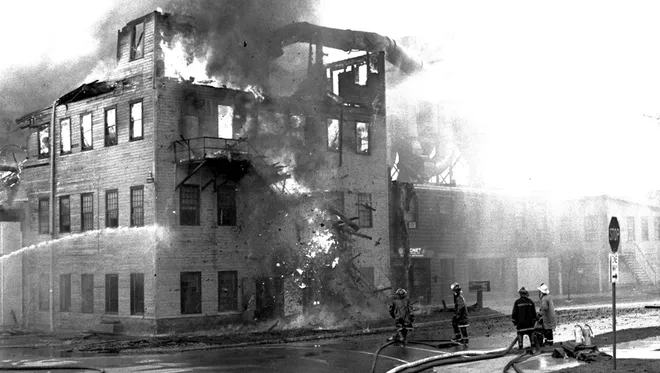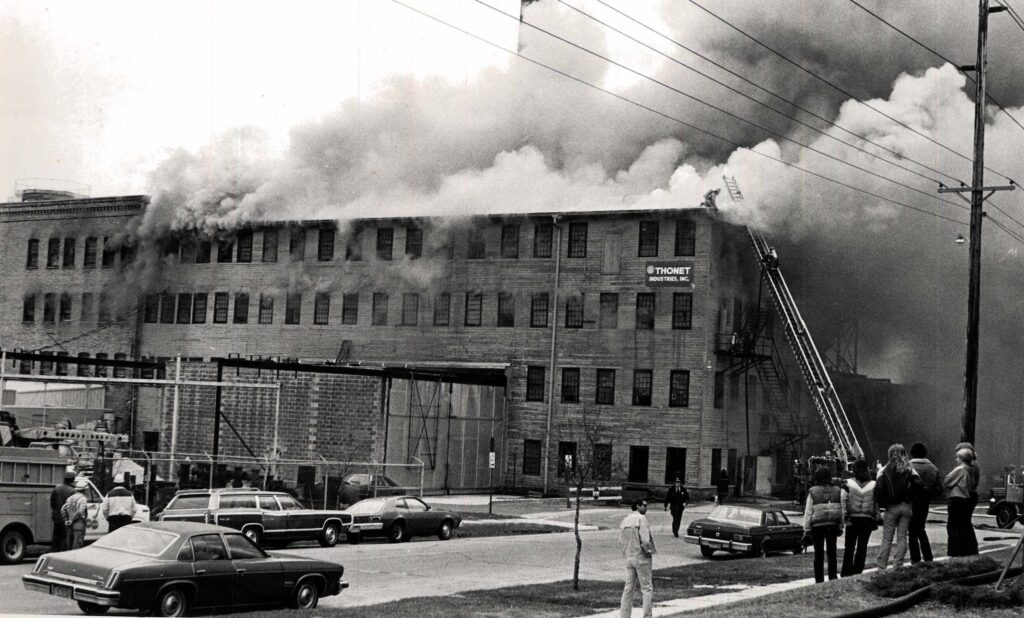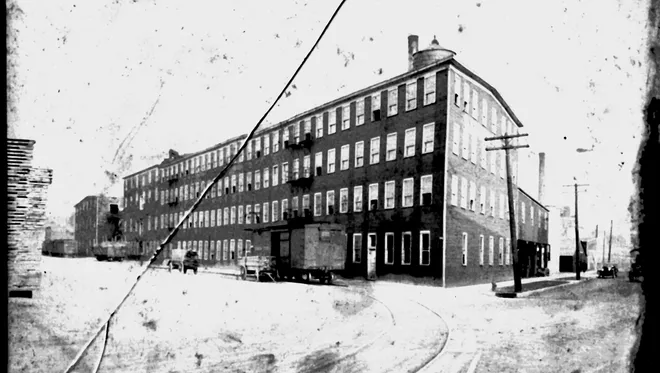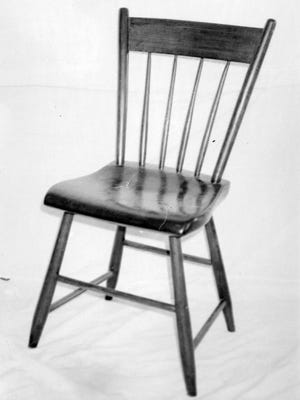Sheboygan, WI used to be known as “Chair City.” That all changed around 2003 when local factories could no longer afford American wages and still sell an affordable product.
In the mid to late 1990’s imported furniture only claimed about 20% of the U. S. market for wooden furniture. A decade later it was up to 55%. By 2006, 75% to 80% of wooden furniture sold in the United States was manufactured in Asia, said Keith B. Hughes, an industry analyst in Atlanta at SunTrust Robinson Humphrey Capital Markets.
Today most of the imports come from Vietnam, Malaysia and Canada instead of China. With low wages, fewer laws on pollutants, and many people eager to work, Asia has the market cornered today.
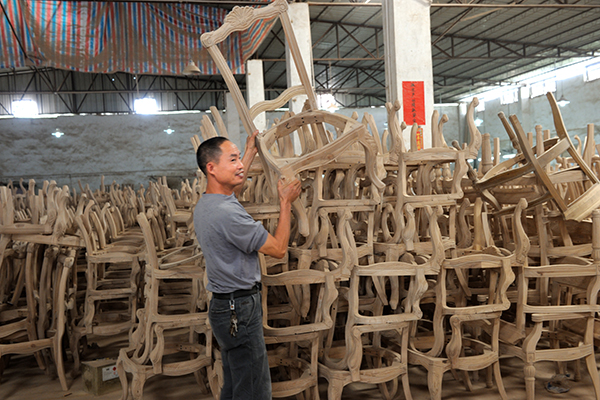

In 2003 the average production worker at Richardson Brothers, in Sheboygan Falls, WI, made $13.30 an hour — not including health insurance, a pension plan and other benefits. And that’s in a county where two out of every five workers are employed at a factory, about three times the national average.
Furniture-factory labor in China, benefits included, runs at 50 cents to 75 cents an hour, according to a September 2002 report by Wachovia Securities. Entry-level woodworkers, who glue and press and mill, start at 25 cents an hour. Most of China is still rural with most people working on their farms. They can work for furniture factories and make more money to send home to their families. One such worker said, he can earn up to 2,000 yuan ($242) every month if he works seven days a week. This is a lot of money to him.
One Sheboygan Falls furniture plant had been losing money for several years. Even worse, customers didn’t care whether the pieces were made overseas as long as prices were low.
Some U.S. furniture-makers are riding the tide, not drowning. And some, such as Wisconsin’s Ashley Furniture Industries Inc. — one of the country’s largest furniture importers — have thrived.
Ashley, the third-largest furniture-maker in the country, is a model for success in blending U.S. and Asian manufacturing.
Based in the small, western Wisconsin town of Arcadia, Ashley has grown from $16 million in sales two decades ago to $1.7 billion this year, and a savvy import strategy has figured in the firm’s rise.
About 40% of Ashley’s volume is imported, and about half of that, by value, comes from China, Chairman Ron Wanek said.
But while it has imported, Ashley also has grown here. It is one of western Wisconsin’s largest employers, with 2,300 workers in the state and more than 6,000 nationwide. That’s a far cry from the 250 to 300 Ashley employed in the early ’80s.
“It has actually helped us become more competitive,” Vice Chairman Chuck Vogel said of the firm’s import strategy, “and obviously increased our employment in the United States a tremendous amount.”
Heavy investment in new technology has helped Ashley be more competitive, said analyst Jerry Epperson of Mann, Armistead & Epperson Ltd., Richmond, Va. Further, Epperson said, Ashley has figured out what furniture can profitably be made here and what should be imported.


